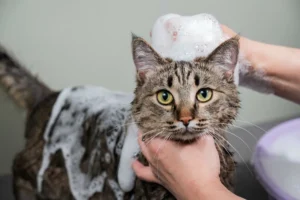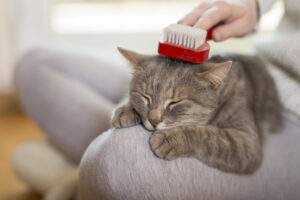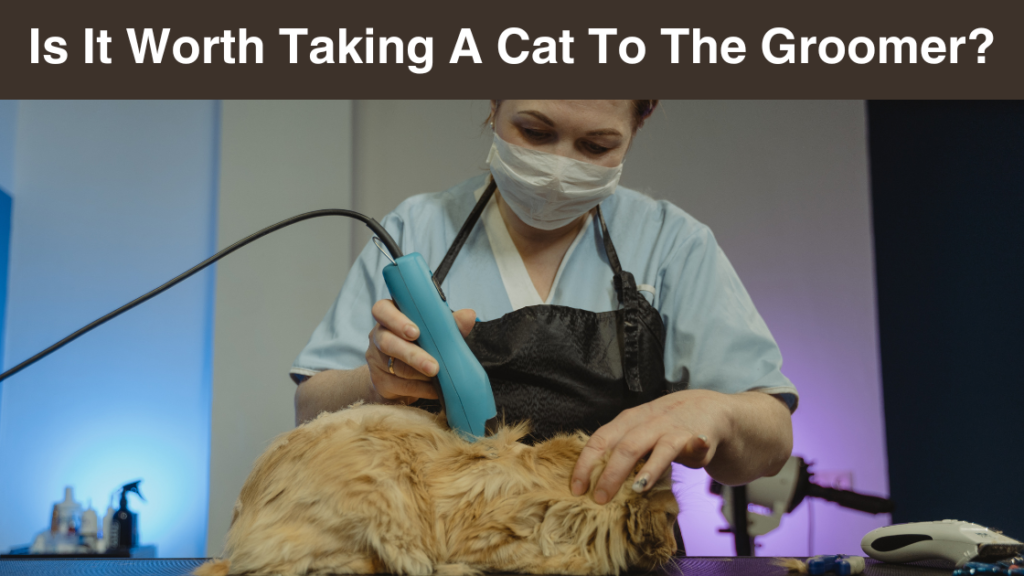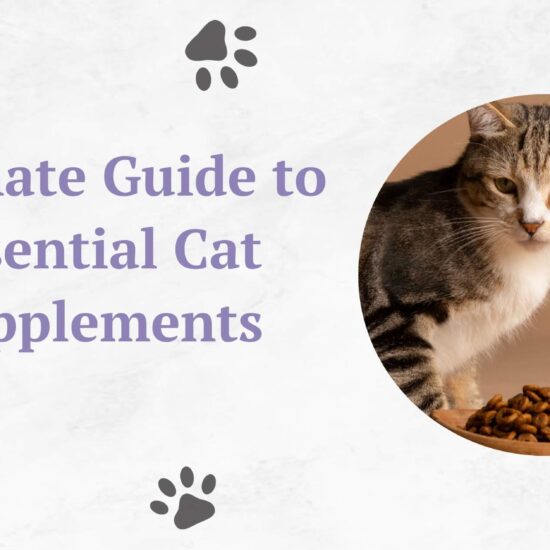It is feasible to groom cats at home, yes. It can seem absurd to attempt to bathe or groom your kitty friend. Do you mean they still wriggle when you take out the comb? However, there are numerous advantages to keeping your meow friend’s skin and hair in perfect condition. They feel fantastic afterward, and it promotes wellness.
Introduction
We recognize that acclimating your cat to grooming is a process. We’re here to help you with cat grooming services, which is why your friends at Union Lake Pet Services are here. Even though your cat may never be enthusiastic about grooming, the following tips will assist in making the process go more smoothly and productively.
How cats groom themselves

Your cat’s tongue is abrasive, as you will discover if they have ever attempted to lick you to express their affection. This is due to the numerous microscopic bristles covering their tongues, which function similarly to human hairbrushes in helping them comb out dirt and loose fur from their coats.
Cats frequently ingest hair strands during grooming because they use their mouths a lot. They may cough up fur balls as a result, but this is common, so don’t panic. Using a soft brush to assist your cat with brushing will help them shed less fur and, consequently, produce fewer fur balls. Longer-haired cats may require a little bit more help during grooming, although most short-haired cats can take care of themselves quite well. Ultimately, they may overlook an area because they have a lot of hair to brush.
How to groom your cat

Depending on the breed and type of hair you have, grooming your cat can take a long or short time. Having the right tools and a dedicated grooming space will help your grooming sessions go more smoothly. For more information, see our list of the best grooming advice. It’s normal to wonder when you bring a new kitten home if you should groom them right away or if you should wait until they are a bit older. Knowing what your cat needs for basic maintenance and how to organize a plan that works might be challenging. Still, it’s best to get going as soon as possible. To learn exactly how to groom your kitten and when to start, check out our helpful guide on the subject.
When you should help with cat grooming

Make an effort to begin cat grooming at a young age so that it becomes a regular part of their routine. Inquisitive felines may also find themselves in awkward circumstances, necessitating your assistance in helping them tidy up. With aging comes stiffness in the joints, making it difficult for cats to reach certain regions for cleaning. As a result, weekly cat grooming at home is crucial to your overall care regimen for your feline companion.
Maintaining a young cat enables you to establish a mutually beneficial degree of trust and forge a close physical link. For short-haired cats, a weekly brushing should suffice to maintain their coat and spend quality time with them; for long-haired cats, daily brushing is recommended to prevent matting, knotting, and excessive accumulation of fur balls. Even though they don’t express it right away, cats might find matted fur to be quite uncomfortable and even painful, so your assistance will be greatly appreciated.
Why do cats overgroom?

If you observe your cat grooming themselves excessively, it’s likely because of a stress-inducing change in their surroundings. If you observe that your cat is overgrooming and you let it become worse, it may result in skin irritation, blisters, or hair loss. In severe circumstances, a cat may even begin to bite the skin.
Excessive brushing may also cause them to ingest a large amount of hair, which might result in hairballs. A ball of digestive juices and dead hair that has accumulated in your cat’s stomach is called a hairball. Cat Grooming home services are crucial for this reason, particularly during the malting seasons. See our helpful guide for more information about over grooming cats, including what to do and how to take care of them. Are you looking for more tips on taking care of our cat? Next, see how to manage cat allergies in your own house.
Note: There might be affiliate links mentioned here. We may receive a commission if you purchase a product through an affiliate link. There is no additional charge for you. Please do your own research before making any online purchases.
Tips for Successful Cat Grooming
Start grooming your pet when they’re young
 Because their mothers groom their young, kittens are more receptive to grooming because it seems normal to them. Your kitten becomes accustomed to being handled and held as a result. An adult cat can be trained with more handling, but if at all possible, begin with a young cat.
Because their mothers groom their young, kittens are more receptive to grooming because it seems normal to them. Your kitten becomes accustomed to being handled and held as a result. An adult cat can be trained with more handling, but if at all possible, begin with a young cat.
Bathe your cat when they are calm

Add shallow water to a tub or sink. Pour water over your cat gradually using a bottle or pitcher, being careful not to get any in their face or head (this is important). Lather up the body and neck with a shampoo that is safe for cats, and specifically designed for them. Make sure to get rid of all the shampoo residue, and pour the clean water over the suds. When your cat jumps out of the water, have a large towel ready to help them air dry completely. A dry shampoo bath is an excellent substitute for cats who can’t stand the water.
Clip your cat’s claws every few weeks

The majority of indoor cats have overgrown nails unless they are avid scratchers. These may come into contact with something and get hurt. Verify if touching your cat’s paws is okay with them. Allow them to acclimate to the sensation for a few weeks before cutting. Using a cat nail trimmer, softly press down and extend each paw when you’re both ready to prevent the claws from retracting.
Pay attention to the ears

Examine your cat’s ears and ear canals during the washing process for any indications of discharge or redness. To clean the ear canals, use a cat ear cleanser and make sure to follow the directions on the package. A cotton ball can be used to remove any dirt and cleaner; however, do not use Q-tips as they may cause ear injury.
Brush regularly

Brush cats with short hair once a week and cats with long hair two to three times a week to prevent matting and the formation of hairballs. Shorten sessions if your cat wriggles. However, make sure the brush you use is good and made to remove superfluous fur—for example, a bristle brush, soft rubber brush, or comb.
Conclusion
Though most companion cats will take care of their grooming, it is still beneficial to their health and welfare to keep a regular grooming schedule. Each cat is different when it comes to how and when you should groom them. Cats with long or medium hair typically require more grooming, and this is especially true during shedding seasons when cats lose more hair. Long- and medium-haired cats should ideally be groomed every day, while short-haired cats can typically be groomed once a week. Certain cats may require frequent grooming; they include elderly cats and cats with mobility or flexibility issues, such as arthritis, which may make grooming difficult for them.












